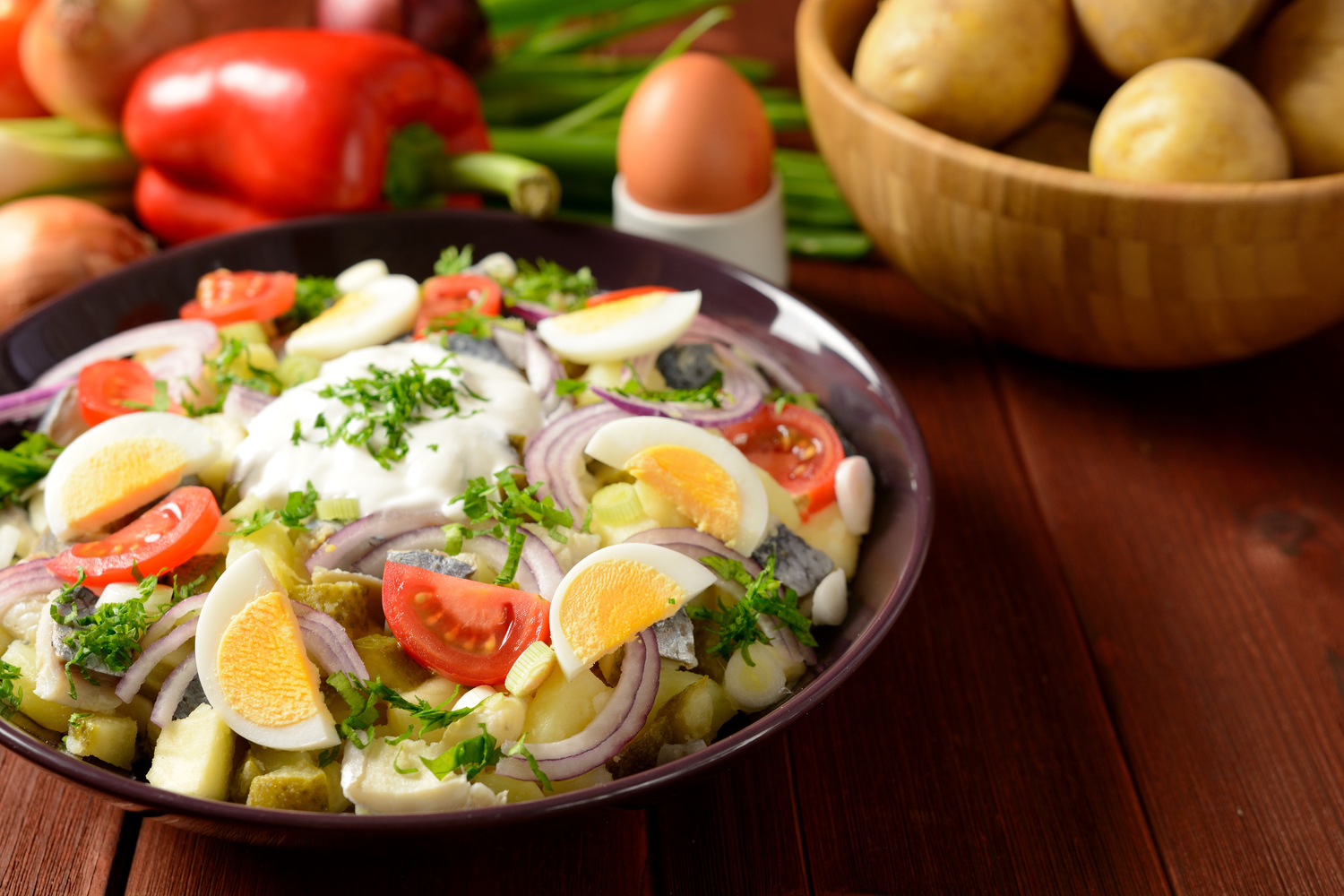
6 Myths Surrounding Snacks for Rheumatoid Arthritis
Rheumatoid arthritis is a long-term auto-immune disease that causes inflammation, pain, and swelling in and around the joints and other organs. The condition usually affects the hands and feet, but can occur in any joint on both sides of the body. Symptoms can include still joints and fatigue. Dietary and lifestyle changes can help manage the condition effectively, as well as certain medications such as kevzara, advil, excedrin, actemra, simponi, and orencia, but there are several myths regarding snacks for rheumatoid arthritis.
This article looks at some common myths regarding rheumatoid arthritis-friendly snacks:
1. Myth: Use pectin with grape juice
While making snacks for rheumatoid arthritis patients, a common myth is regarding the use of pectin. Some people believe that adding pectin to grape juice can help in relieving the pain caused by rheumatoid arthritis.
Pectin is a fiber and has its health benefits, but consuming it with grape juice can affect weight loss and is best avoided.
2. Myth: All milk products should be avoided
It is commonly believed that milk products must be avoided by arthritis patients as they cause allergies and aggravate pain.
Milk products should only be avoided only by those who are lactose intolerant, and cheese and yogurt can be used to make snacks for people with rheumatoid arthritis. Vitamin D and calcium is available in milk and other dairy products, and both of these are essential for bone health. Vitamin D can also help prevent inflammation, and low-fat milk products are recommended for rheumatoid arthritis patients who are not allergic or intolerant to lactose.
3. Myth: Apple cider vinegar is good for pain relief
It is believed that apple cider vinegar can be consumed as a drink along with snacks to provide relief from the pain due to rheumatoid arthritis.
It is believed that apple cider vinegar contains beta carotene that reduces pain, but the beta-carotene content in apple cider vinegar is very little, so it doesn’t have any pain relief benefits.
4. Myth: Add gelatin to snacks to make the joints stronger
Gelatin is an animal extract and is used in desserts. It is believed that the intake of gelatin with desserts or in other forms is beneficial as it strengthens the joints.
In reality, gelatin contains collagen, which can help the joints grow strong, but the amount of collagen that gelatin has is too little to make any impact on the joints. This means it is unlikely to provide the promised health benefits.
5. Myth: Avoid vegetables from the nightshade family
It is believed that vegetables that belong to the nightshade family (Solanum), including tomatoes, eggplants, and potatoes, should be avoided as they aggravate pain caused due to arthritis.
Vegetables are great additions to a snack-time salad. Although some people may be allergic to eggplant or potatoes and may face problems after eating these foods, others can safely eat these vegetables and benefit from their nutritional value.
6. Myth: Avoid citrus fruits
Whole citrus fruits and citrus fruit juices are good snack options for people with rheumatoid arthritis. Some people believe that the acidic content of these fruits can worsen the symptoms, but the vitamin C content in them is good for the joints.


